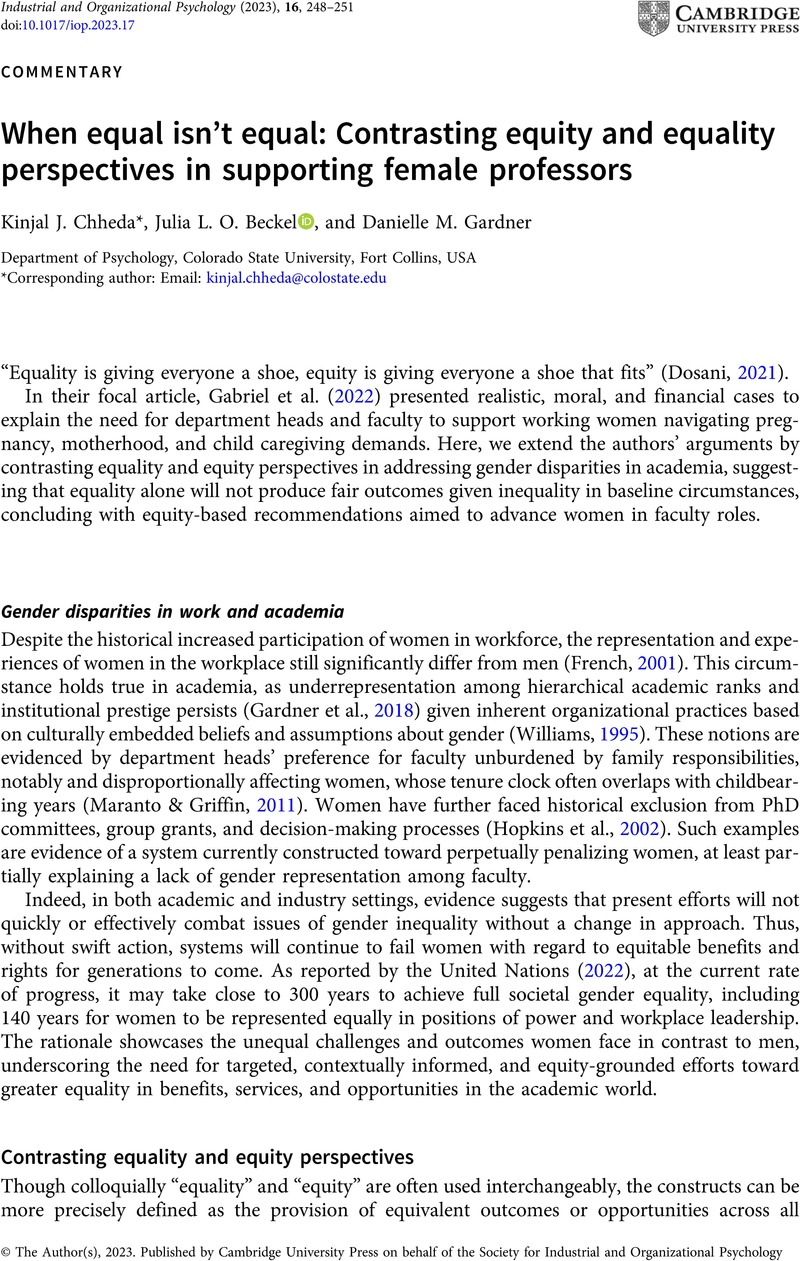Crossref Citations
This article has been cited by the following publications. This list is generated based on data provided by Crossref.
Kim, Sue-Yeon
and
Park, Hyu-Kyoung
2024.
A Narrative Study on the Life of Female Professors in Physical Education.
Journal of Korean Association of Physical Education and Sport for Girls and Women,
Vol. 38,
Issue. 3,
p.
1.



